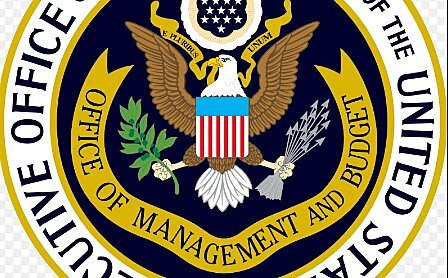Don’t Add New Races to U.S. Government Surveys

Cato released two new briefing papers this week analyzing an OMB proposal to add new racial categories to U.S. government forms and surveys, particularly a Middle Eastern or North African (MENA) designation. The first paper details the demographics of MENA people in the US, and the second paper documents why creating such a racial category is bad policy.
The first paper by Cato adjunct scholar Andrew C. Forrester used the OMB’s proposed changes to race and ethnicity to create counterfactual American Community Survey (ACS) selected demographic and socioeconomic tables for the 2021 survey year. His goal was to see how the new racial rules, especially the creation of a new Middle Eastern or North African (MENA) category, would alter the results.
He created his counterfactual by relying on the ancestry and country of origin responses to allocate respondents to the new MENA race category and to subtract them from the White[1] and other racial categories, consistent with the new OMB proposal. These are his primary findings:
I find a total MENA population of 3.8 million in 2021—about 1 percent of the total U.S. population. The MENA population is most demographically similar to the Non‐Hispanic White and Asian populations in terms of age, earnings, education, and occupation. Specifically, the MENA population is more highly educated and has higher earnings than Non‐Hispanic Whites, but lower levels of education and earnings than the Asian population.
Read Forrester’s entire brief.
I wrote Cato’s second brief about the consequences of a new MENA racial category in U.S. government surveys. Specifically, I catalog and refute the most common arguments made by advocates and others in favor of a new MENA racial category. Since MENA respondents have higher incomes and education than White Americans, they would suffer under affirmative action rules in employment, university admissions, or anywhere else that does or could use government racial categories to allocate benefits.
Affirmative action in education is on the decline thanks to the Supreme Court. Still, it will hurt MENA Americans to the extent that affirmative action persists or is revived, just as it hurts Asian Americans. That should convince some MENA advocates and supporters of this new OMB rule to reconsider their support.
My brief details arguments for a MENA category to allocate benefits through government contracting rules, data accuracy, anti‐discrimination laws, government surveillance and anti‐terrorism laws, and more. Cato adjunct scholar John F. Early wrote excellent pieces opposing the reforms that would create the new MENA category, among other things, some months ago.
Our new Cato briefs add to his work by producing new research estimating the results of a new MENA race category and novel arguments against the creation of such a category. I conclude with something personal:
As a social scientist, I find a new government racial category tempting. It would be better to have access to that category with fewer mouse clicks, all else being equal. But all else is not equal. As a libertarian concerned about the scope and power of the government, I believe a new MENA racial category raises many more concerns that outweigh my interest as a social scientist. As an American libertarian, I oppose the creation of a MENA category for other principled, ethical, and universalistic reasons. As an American with Middle Eastern ancestry, I also oppose it out of self‐interest for myself, my family, and my children.
[1] “White,” other races, and ethnicities are capitalized to be consistent with U.S. government stylistic guidelines





